Connector for washing machine drain hose
 What is a washing machine drain hose connector and what is it used for? The thing is that sometimes you have to install the unit at a decent distance from all communications. The connector allows you to extend the drain hose in this case. We will now figure out how to install it correctly.
What is a washing machine drain hose connector and what is it used for? The thing is that sometimes you have to install the unit at a decent distance from all communications. The connector allows you to extend the drain hose in this case. We will now figure out how to install it correctly.
What is a connector for?
If your drain hose is too short to connect to the sewer without additional parts, you will need a connector. Of course, hoses come in different lengths and you can replace your part with a longer one. However, this may be more expensive than using a connector. Therefore, we will still focus on the first option.
In order to use the connector, purchase it, as well as several clamps to enhance the tightness. The hose is pulled very tightly onto the connector, but it can still “jump off”; clamps are used to protect against such cases.
The connector itself is a plastic part that resembles a tube. It is sold in any store that sells spare parts for a washing machine, and costs from $0.3.
How to lengthen?
First of all, try to carefully measure the required length of the hose, because if it is too short, you will have to do everything again, and if it is too long, it may get twisted during installation or operation of the machine and interfere with work. Next, do the following:
- adjust the length of the hose by cutting off the required piece from it;
- pull the hoses onto the connector so that their ends meet in the middle;
- secure them with clamps on both sides;
- connect the hose to the washing machine and sewer;
- test the operation of the unit.
Attention! You need to test the machine until the end of the wash to check whether the hose at the junction with the connector is leaking while draining water into the sewer.
We make do with improvised means
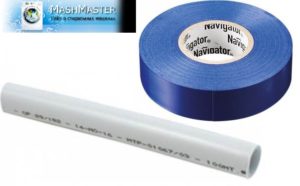 Some argue that to extend the hose it is not at all necessary to go to specialized stores to buy a connector. You can replace it with a piece of metal-plastic tube. In addition, you will need the same clamps and hoses, as well as electrical tape.
Some argue that to extend the hose it is not at all necessary to go to specialized stores to buy a connector. You can replace it with a piece of metal-plastic tube. In addition, you will need the same clamps and hoses, as well as electrical tape.
First, electrical tape is wound around the tube in order to adjust the thickness of the tube to the thickness of the hose (as a rule, it is smaller). In addition, these connectors are equipped with a special seal that increases the tightness. Since the metal-plastic pipe is not intended for such functions, it requires additional sealing. Insulating tape will act as it.
Next, do the same as with the drain hose connector.. The ends of the hoses must meet in the middle and be firmly secured with clamps. Also carry out testing to the end to check whether water is passing through and whether your structure is airtight enough.
As you can see, everything is not so complicated. Therefore, if you are suddenly too lazy to go to the store for a connector or suddenly have a piece of metal-plastic pipe at hand at the right moment, you can try this method. In principle, with the right approach, it is in no way inferior to using a special connector.
Interesting:
Reader comments
- Share your opinion - leave a comment


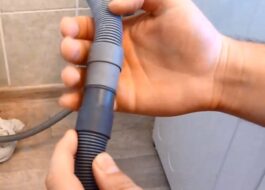

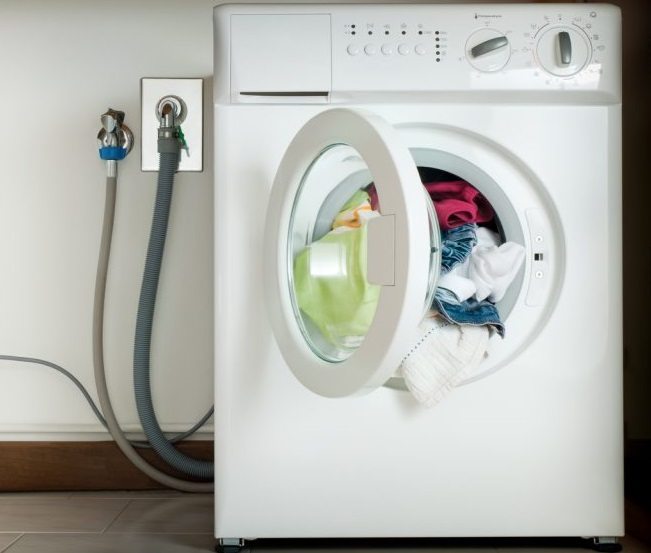
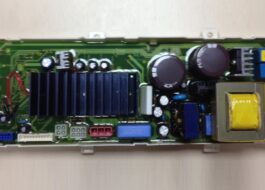
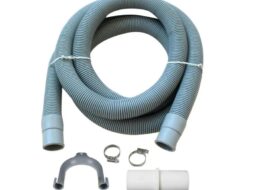














Add a comment